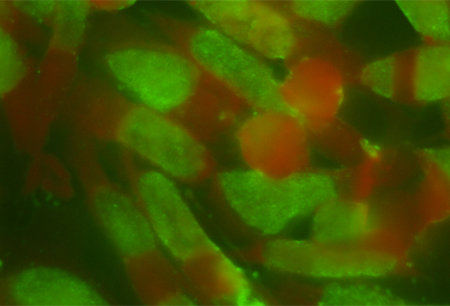Summary
Definition
History and exam
Other diagnostic factors
- fever
- malaise
- headache
- cough
- sore throat
- rales
- tachypnoea
- pharyngitis
- conjunctivitis
- hepatomegaly
- confusion
- tachycardia
- splenomegaly
Risk factors
- exposure to infected birds and mammals
- young children
- older adults
- immunocompromised
Diagnostic investigations
1st investigations to order
- white blood cell count with differential
- liver function tests
- polymerase chain reaction (PCR)
- chest x-ray
Treatment algorithm
Contributors
Authors
Deborah Dean, MD, MPH

Director
Children’s Global Health Initiative
Senior Scientist
Center for Immunobiology and Vaccine Development
Professor of Medicine
University of California at San Francisco and Berkeley
Faculty, the UC Berkeley - UCSF Graduate Program in Bioengineering
Children's Hospital Oakland Research Institute
Oakland
CA
Disclosures
DD is an author of some references cited in this topic.
Peer reviewers
Servaas Morre, PhD
Head of Laboratory of Immunogenetics
VU University Medical Center
Department of Pathology
Laboratory of Immunogenetics
Amsterdam
Netherlands
Disclosures
SM declares that he has no competing interests.
William A. Petri, Jr., MD, PhD, FACP
Chief and Professor of Medicine
Division of Infectious Diseases and International Health
University of Virginia Health System
Charlottesville
VA
Disclosures
WAP declares that he has no competing interests.
Use of this content is subject to our disclaimer
